Responding to external and internal threats, in a unified strategic framework, is critical in today's world, that does not offer the privilege of separating domestic and foreign policies from each other, or dealing with an external threat in a context separate from the domestic context. This compact response is at the heart of the national security concept, a concept that arose with the end of World War II, and was first introduced by Americans in a conceptual and practical framework with the adoption of the National Security Act in 1947. Many legislations were enacted in order to cover the points the Act did not address. One of the most important legislations of which was the Goldwater Nichols Reorganization of the U.S. Armed Forces Act of 1986, which obligated the successive U.S. administrations to issue national security strategies in order to be submitted to Congress, institutions, and public opinion.
On the twelfth of October 2022, President Joe Biden administration issued its first national security strategy, after it put forward, several months ago, an interim strategic directive that remained until the issuance of a full strategy paper. The said document is the most important document expressing Washington's approach to dealing with international crises, challenges, risks, and opportunities. The great importance of the current strategy is that it outlines the United States' approach to dealing with the rapidly collapsing international system due to the rapidly occurring international crises, especially the Russian military operations in Ukraine, the great rise of China, and the growing possibility of escalation, especially with the third term renewal of Chinese President Xi Jinping, during the Communist Party Congress in mid-October 2022.
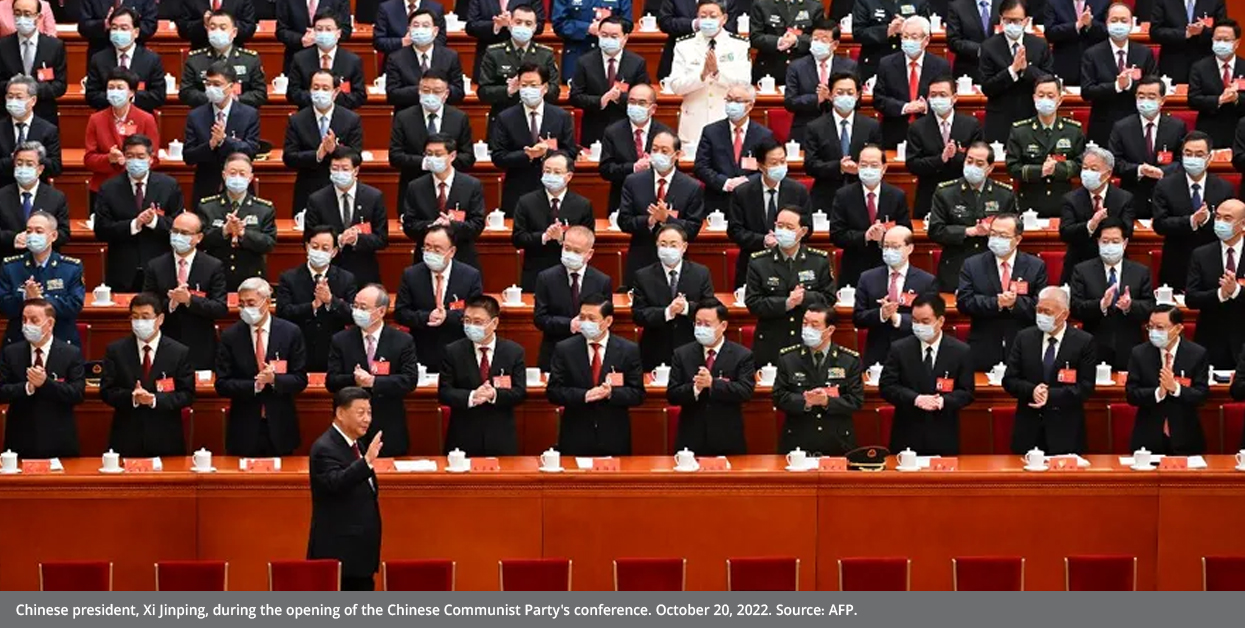
Declaring the US position on the International Strategic Environment
From the beginning to its end, the document was generally filled with general declarations of the United States positions towards certain countries and the political trends, that shape some features of our world today, such as the return of authoritarianism, the lack of accepting democracy, the international system's authoritarian exploitation of the current rules, the global openness, and the technological revolution in gradually establishing different reality.
Therefore, this document can be considered closer to a political declaration than to the strategy document in its broadest sense. Strategic documents usually give a general and comprehensive picture of the plans, tactics, and programs adopted in order to reach specific and measured goals, with the criteria against which those objectives are measured, in addition to the tools and means that lead to reaching those goals in the end.
The U.S strategy may have mentioned specific programs at the military, diplomatic, or even industrial levels, but it did not go on to mention the target behind these programs, or measure what has been achieved, nor to what extent it is consistent or not with the strategic direction of the United States, and what is required in the next stage to advance/improve.
On the other hand, the U.S strategy has paid great attention to the US administration's outlook on the international strategic environment, that are strongly present the current international order. In great detail throughout its first chapter, and in more than one paragraph within it, the strategy went on to dismantle this environment, which the strategy says will witness a radical transformation during the current decade, and that what is happening in the current international system is going through a major "turning point" that will extend through the current decade, which the strategy called the "decisive decade" in the course of the next international order.
Role of the United States
Amongst the complicated uncertainty of decade, the U.S. administration sees its role as limited to two issues:
1- Confronting authoritarian regimes, supporting democracies around the world, and launching alliances of friendly countries that share their global perspective with the United States.
2- Cooperating with all relevant international parties on issues of common interest, such as food security, energy security, climate change, and health security.
The reader may, at his first glance, suspect that these roles are contradictory, for confronting authoritarian regimes in a world where authoritarianism is at odds with democracy, on many regional contexts around the world, will impede any cooperative or participatory efforts to reach solutions to problems that affect everyone.
However, the two objectives can be seen as complementary if we decide to look at the context of the strategic demand in the face of existing challenges. These two goals come in the context of an American expression of a desire to break the second wave of globalization, that brought dictatorship back to the international scene, and to return the international scene to the pre-war on terror, where the first wave of globalization took place.
However, the United States is in a real dilemma on this demand. The authoritarian countries that the United States wants to confront, especially China, are clothed in the global economic system, it is impossible to deal politically with these countries without shaking the global economy. Any attempt to curb China, for example, must be done through economic measures, since the economy is now the backbone of Chinese politics, and it is the decisive pillar of the Communist Party's absolute domination. It goes without saying that any disruption to China's economic growth would hurt the entire international economic system. Here comes the problem for which the strategy has not provided any solution.
Can the U.S. Tools Influence the Course of the International System?
Given the challenges of the strategic environment, the National Security Strategy has identified a number of pillars that will help the United States reach its goal, and achieve the two goals set by the strategy. The strategy divided these pillars into two parts:
- First, internal pillars, such as manufacturing and innovation bases, the American lifestyle, and the democratic system of the United States
- Second: external pillars, such as the US diplomatic corps, the military establishment, the intelligence community, etc.
Nevertheless, with the efficiency of the U.S. government's tools, the core demands of this strategy are not easily reached. It is never easy to recall a historical situation, with all the factors and elements that have lived through that situation, up to the present time. If we accept the possibility of erasing the second wave of globalization, the beneficiaries of this state of authoritarian regimes will not easily give up, and they should be taken into account; knowing that undemocratic regimes (autocratic / somewhat autocratic) in today's world exceed 43% of today's world countries, according to the Democracy Index.
The scene, however, is more complicated. The democratic countries themselves are witnessing the rise of the extreme right wave from within, that may wipe out their historical gains, alarming a quick return of these regimes to the era of dictatorships in the nineteenth and thirties of the 20th century, the matter which has never been far. This is the delicate card that authoritarians manipulate play against the United States, whether they are its friends or enemies. All the while, these governments try to exploit loopholes within U.S. law to influence U.S. decision-making in Congress, or even the White House, or if possible, in order to influence the course of elections or voting.
Geographic Priorities of the National Security Strategy
Given the privileged position of the United States within the international system since its inception, regional and subregional systems are usually influenced by changes in U.S. strategy. The region that is the priority of the American strategy usually undergoes many changes in its positive and negative aspects, this was evident in the 1980s, when Latin America was a priority, while the Middle East became a priority in the first decade of the third millennium.
The strategy discussed issues of concern in all regions, it also discussed issues that are central to international security in areas of development poverty, in Africa and Latin America, as well as places of major geopolitical threats in the Arctic. Nonetheless, the major regions of the current era: the Indo-Pacific, Europe and the Middle East, were attention-drawing.
The strategy identified the Indopacific region as a first and high priority, which makes sense given previous U.S. strategies from the Obama era to the one of Trump. The strategy called for strengthening U.S. alliances in the region such as AUKUS and QUAD with attention to ASEAN and APEC platforms as platforms for dialogue on issues of mutual interest.
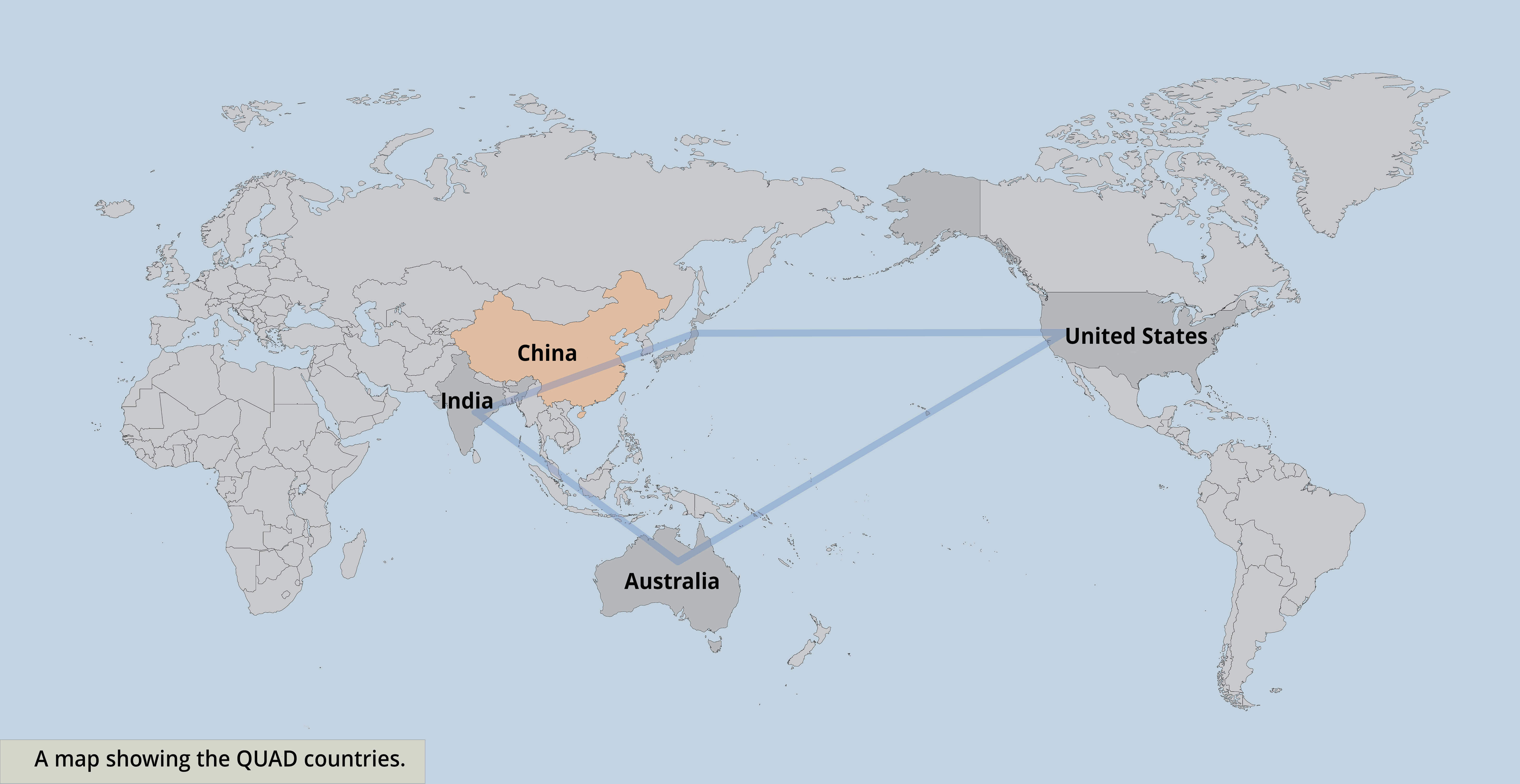
The National Security Strategy also ranked transatlantic relations as a top priority, in light of the war in Ukraine, and the U.S. view of security in Europe. While the strategy prioritized revitalizing transatlantic cooperation, via strengthening contacts with the EU and the Group of Seven, it did not elaborate on how to resolve differences with the EU, especially over the disagreement between EU and U.S. leaders on critical issues, such as increasing the military budget of NATO, EU member states, Iran, climate security, and disagreements between the Federal Reserve and the European Central Bank over global monetary policies.
Later, the strategy talked about the Middle East, which continued to suffer from a tendency based on military-style policies, that ultimately failed to achieve sustainable results on which to build later. The strategy set out frameworks for US engagement with the Middle East, including deepening cooperation with countries that do not oppose the rules of the international system, stressing that the United States will not tolerate threats to freedom of navigation in strategic straits and crossings, such as the Strait of Hormuz and Bab al-Mandab. It also called for reducing tensions, de-escalation and ending conflicts by peaceful means. However, the strategy completely overlooked severe Middle Eastern crises, such as the Syrian crisis, the war in Yemen, and the Libyan crisis, it only proceeded to display principled and value positions.
Will Strategy Objectives Change as the Biden Administration Changes?
To answer this question, the priorities of the Biden administration, presented in this strategy, were compared with the priorities of previous Republican and Democratic administrations. It was concluded that in talking about strategies, there is a great convergence in the current strategy with the Trump administration's 2018 strategy, despite the great dissonance between Trump and Biden, not to mention the differentiation of party affiliation. The convergence of the general lines, between Trump's strategy and Obama's 2015 strategy, is almost identical.
This suggests that it is necessary to find a mechanism adopted to interpret the strategies, aside from being partisan or even personal related to the tendencies of a certain administration. For example, the main purpose of Obama's first strategy was to revolutionize foreign policy, away from the policies of George W. Bush, who embroiled the country in two wars, but despite this, the Bush administration's strategy in 2006 was more progressive and closer to the democratic agenda, so to speak, than Obama's.
As it is clear, the topics from Bush to Biden, over the course of twenty years, are virtually unchanged, and the strategic priorities are the same, with some changes on the margins but not the texts. If we try to dig deeper into history, we find that the Clinton 1994 strategy also tackled topics similar to those of the four presidents.
What changes the importance of one topic over the other are only the data of the strategic environment that change from time to time, but most of the topics addressed in these documents are repeated in all strategies, with the exception of some emerging topics, such as securing cyberspace, that we have begun to find since the National Security Strategy 2010 until today.
Will the United States Pass the "Turning Point" in this "Critical Decade"?
With the launch of the modern globalization wave after the fall of the Soviet Union in the early nineties of the last century, a spearhead had to be placed in the bet of the United States for the success of this wave, with which it wanted to stereotype the world and set one goal that everyone seeks towards and around it: the American dream.
However, this American attempt was backfired undesirably. It has led to the transfer of a large part of the world's wealth towards Asia –this wealth naturally needs to be protected, the matter that fueled conflicts in Asia as we see these days.
The Biden administration's clear attempt, in accordance with the National Security Strategy 2022, aims to terminate the second wave of globalization and return to the first wave, where the ideal reality is when conflicts are less and optimistic predictions increase, fraught with many difficulties. Biden may be able to get through them, but passing them -anyway- will not pass without a price. The United States is willing to pay more and more to maintain the rules of the international system, that it set nearly 80 years ago, and if the will of both parties goes in this sense, the world may have difficult days ahead in 2023, perhaps in 2024 as well.
This may be the U.S. attempt to restore the order orthodoxy, and break the "turning point" in this "decisive decade".
Keep in touch
In-depth analyses delivered weekly.

Related Analyses:







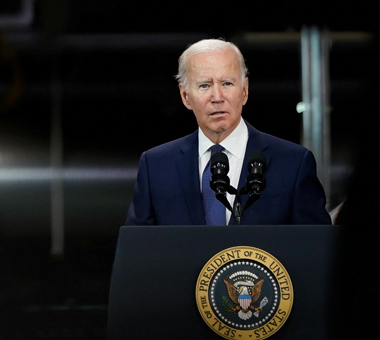
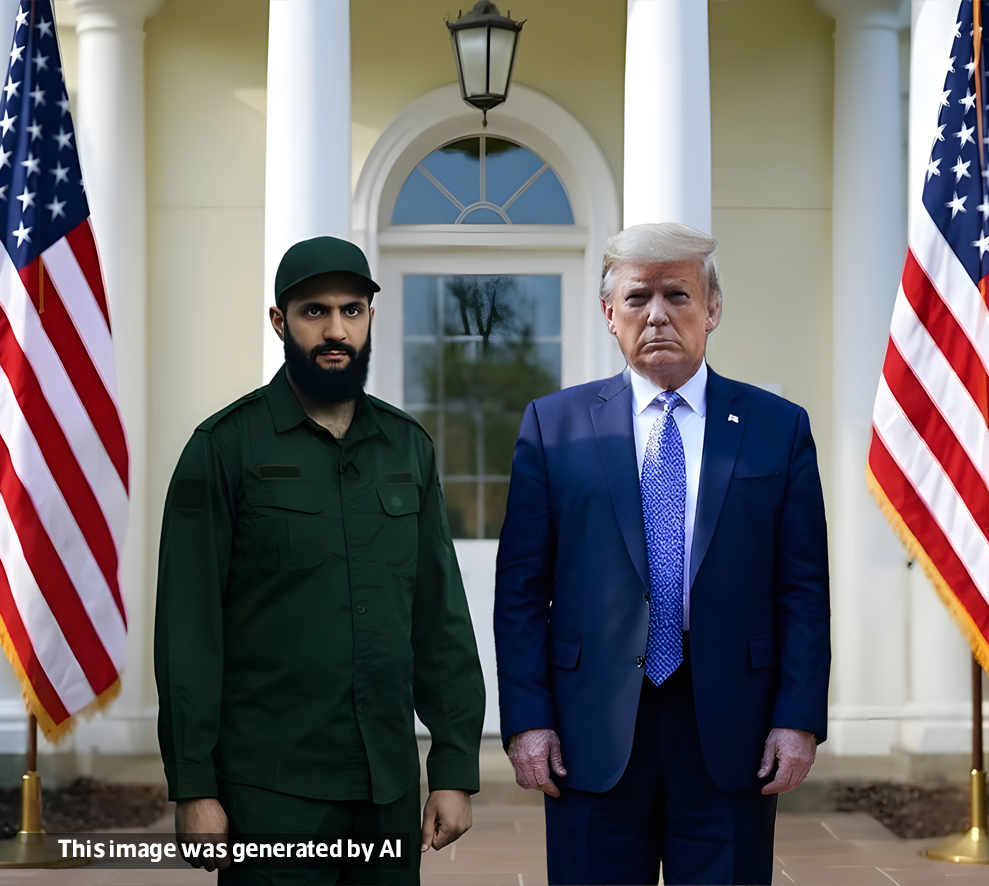
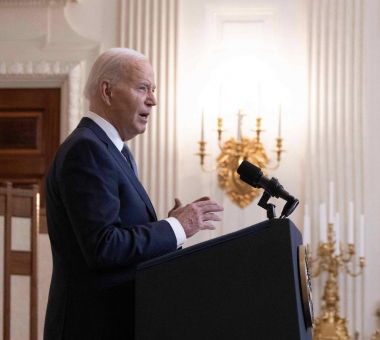

.jpg-%D9%87%D9%84-%D9%86%D8%B4%D9%87%D8%AF-%D8%A7%D8%AE%D8%AA%D8%B1%D8%A7%D9%82%D8%A7%D9%8B-%D9%81%D9%8A-%D8%B5%D9%88%D8%B1%D8%A9-%D8%A7%D9%94%D9%85%D8%B1%D9%8A%D9%83%D8%A7-%D9%84%D8%AF%D9%89-%D8%AD%D9%84%D9%81%D8%A7%D9%8A%D9%94%D9%87%D8%A7-%D9%81%D9%8A-%D8%A7%D9%84%D8%B4%D8%B1%D9%82-%D8%A7%D9%84%D8%A7%D9%94%D9%88%D8%B3%D8%B7.jpg)